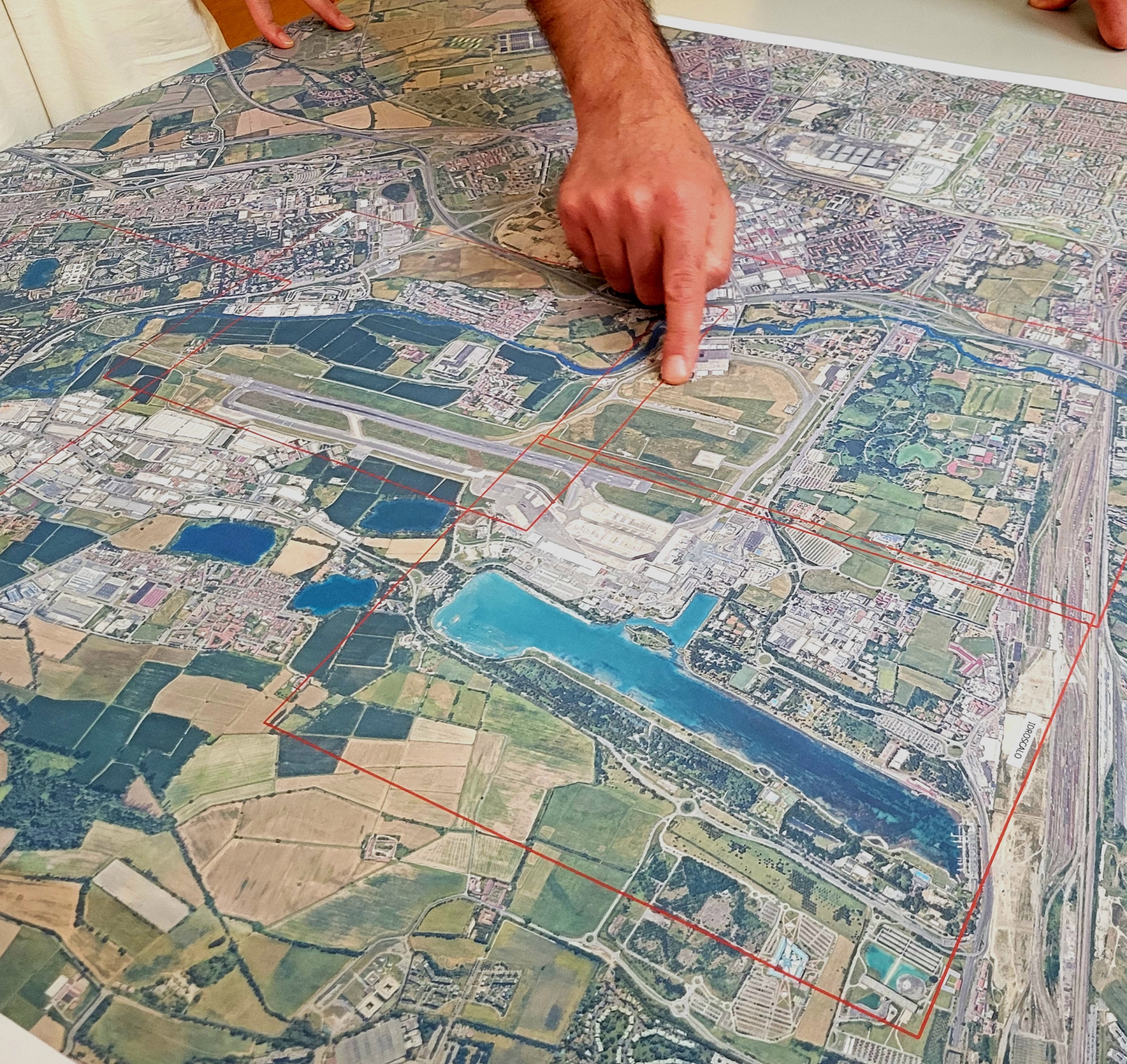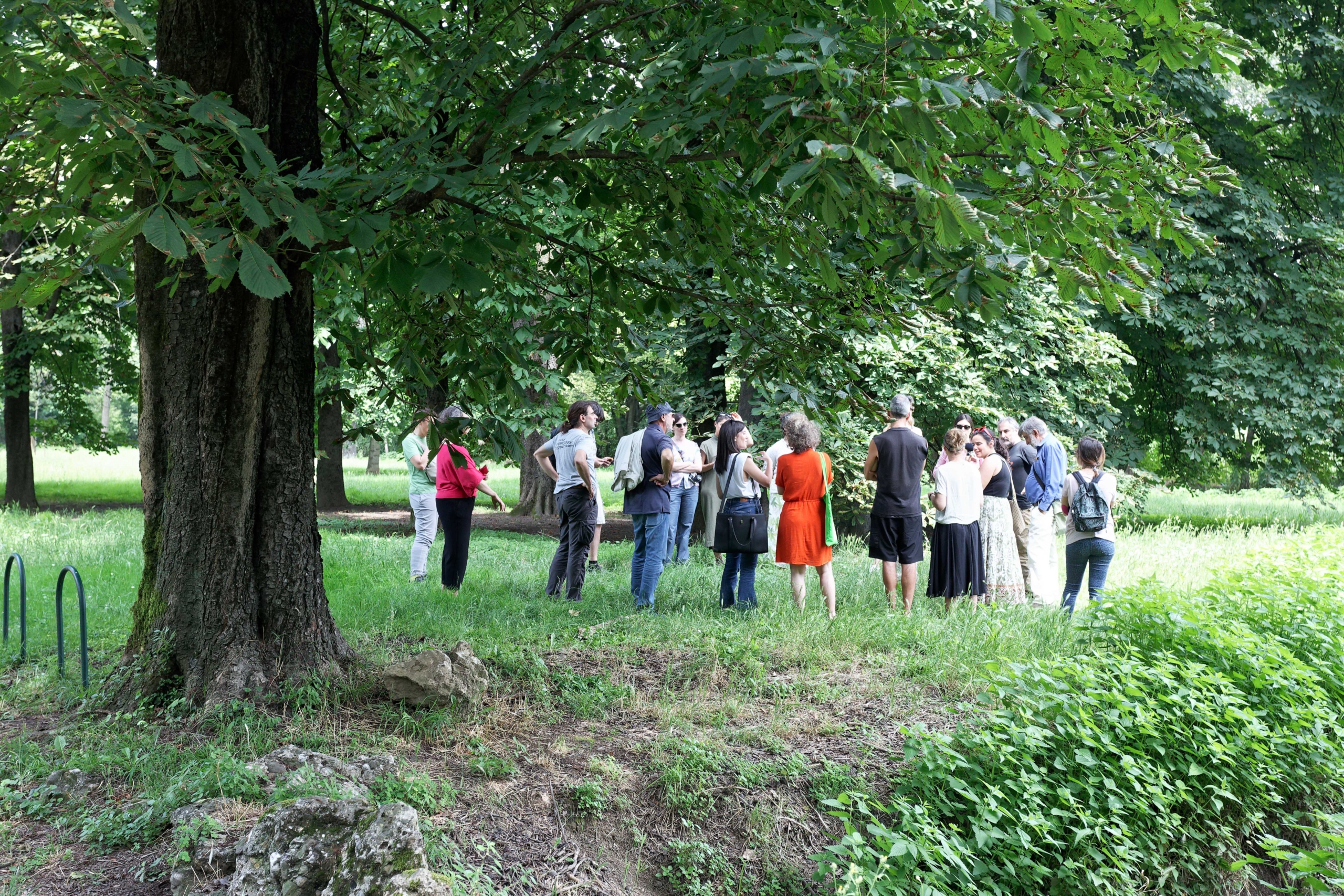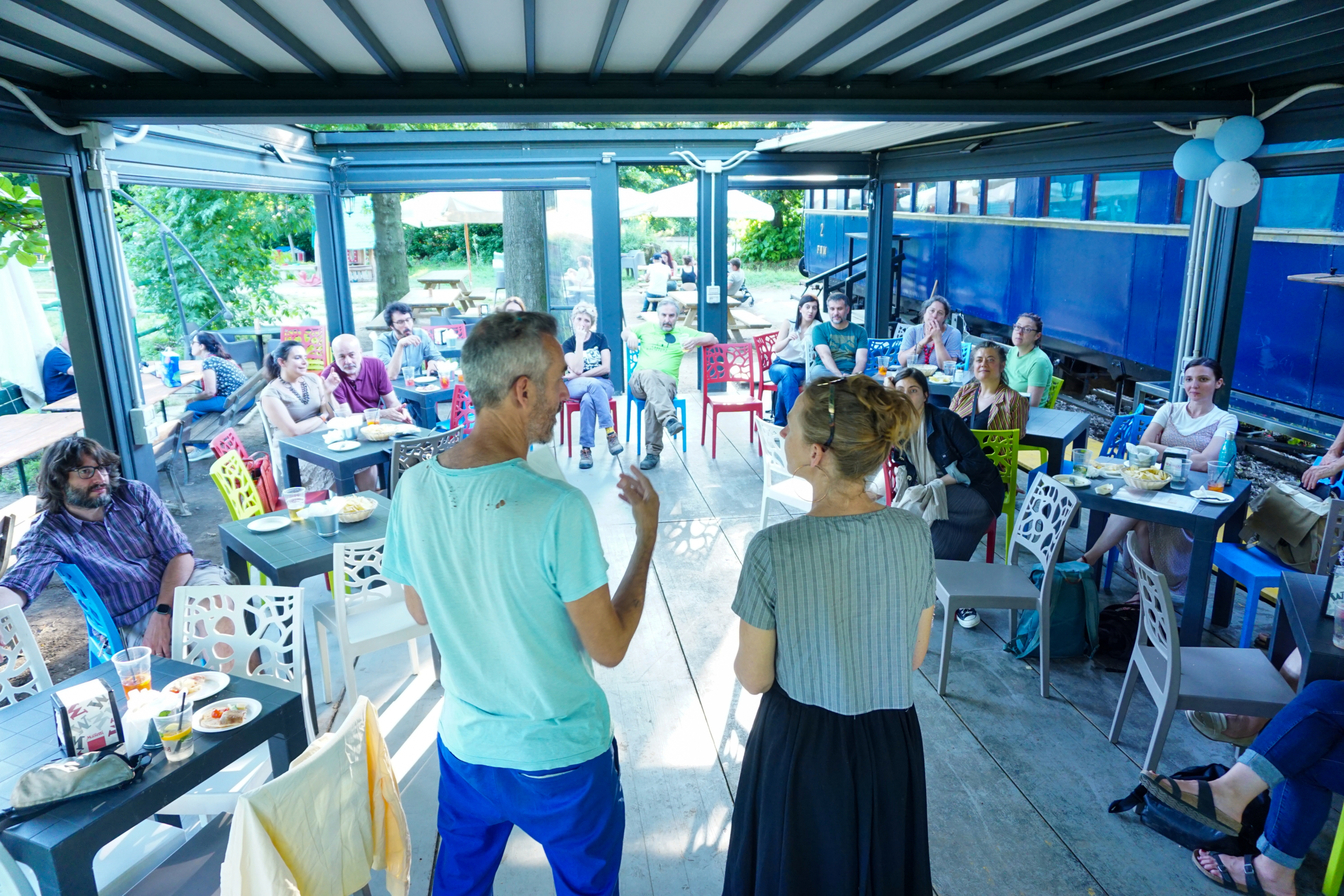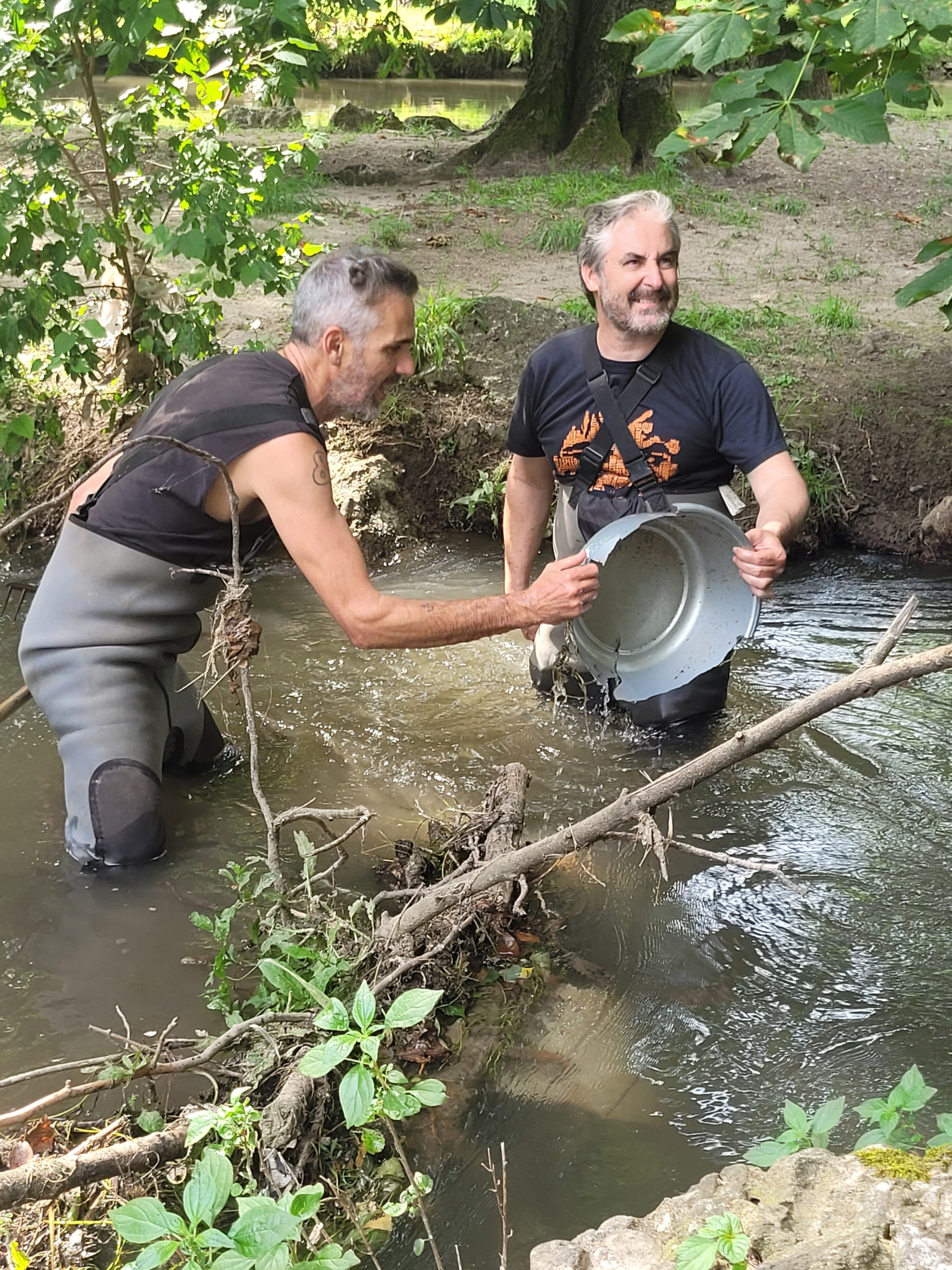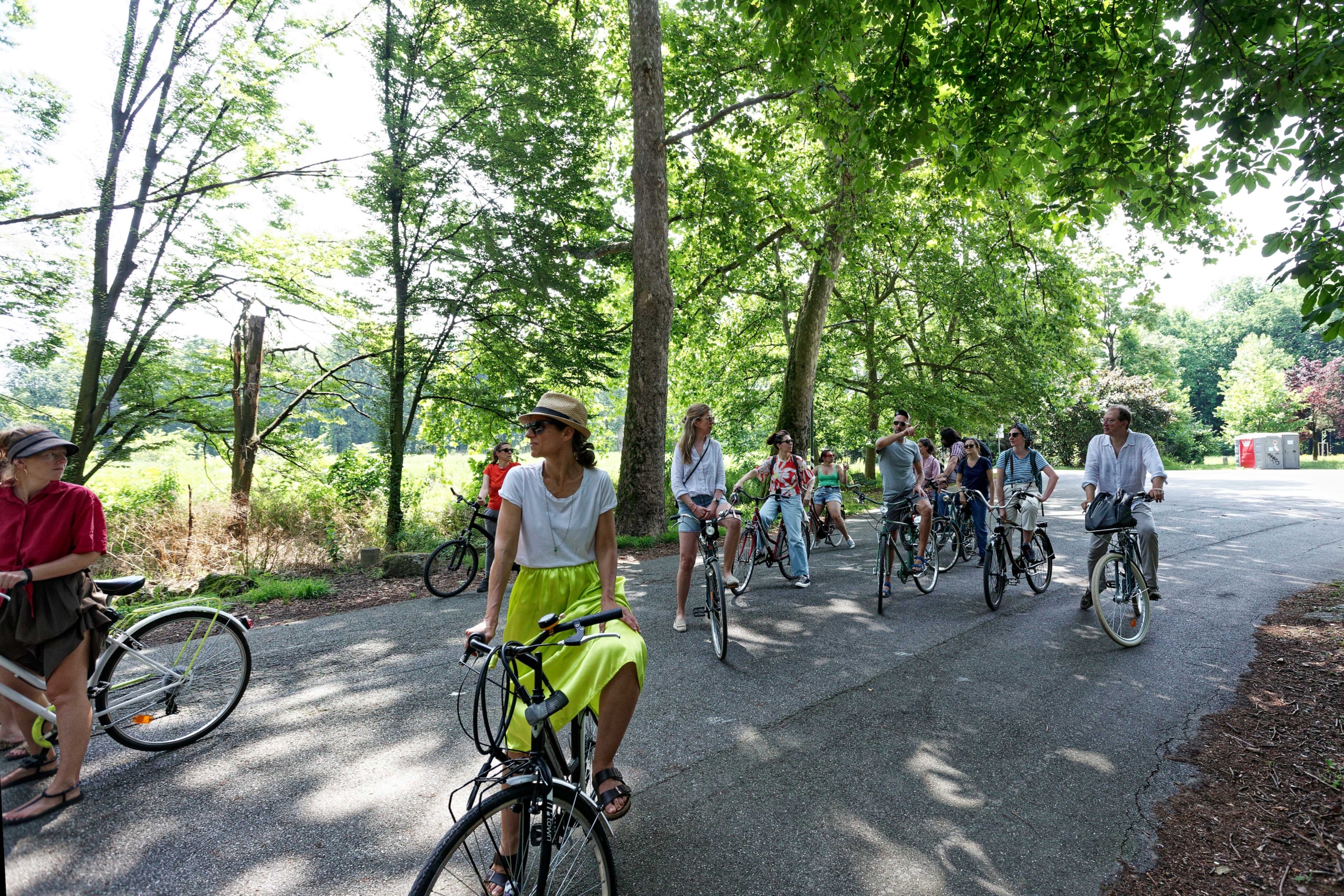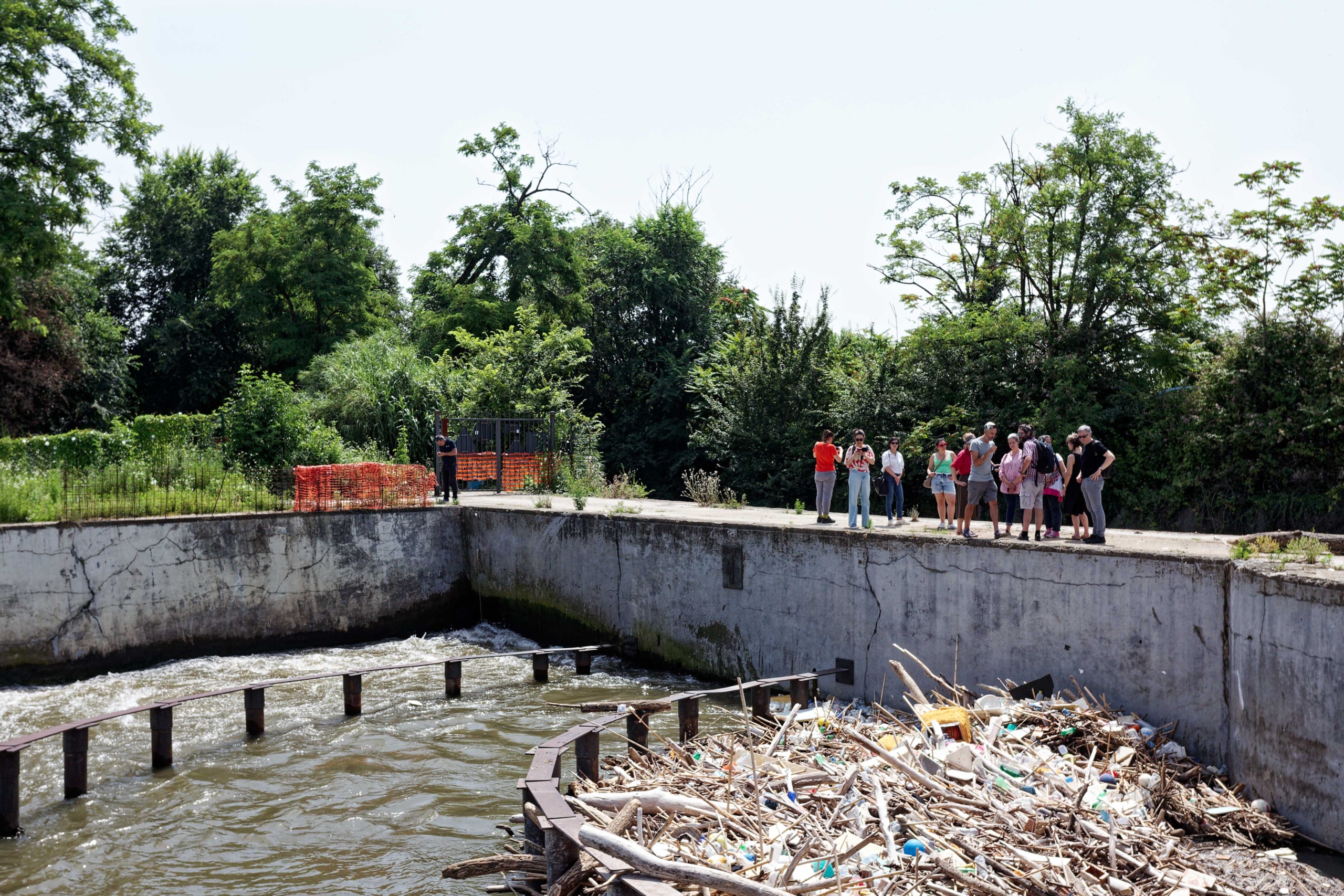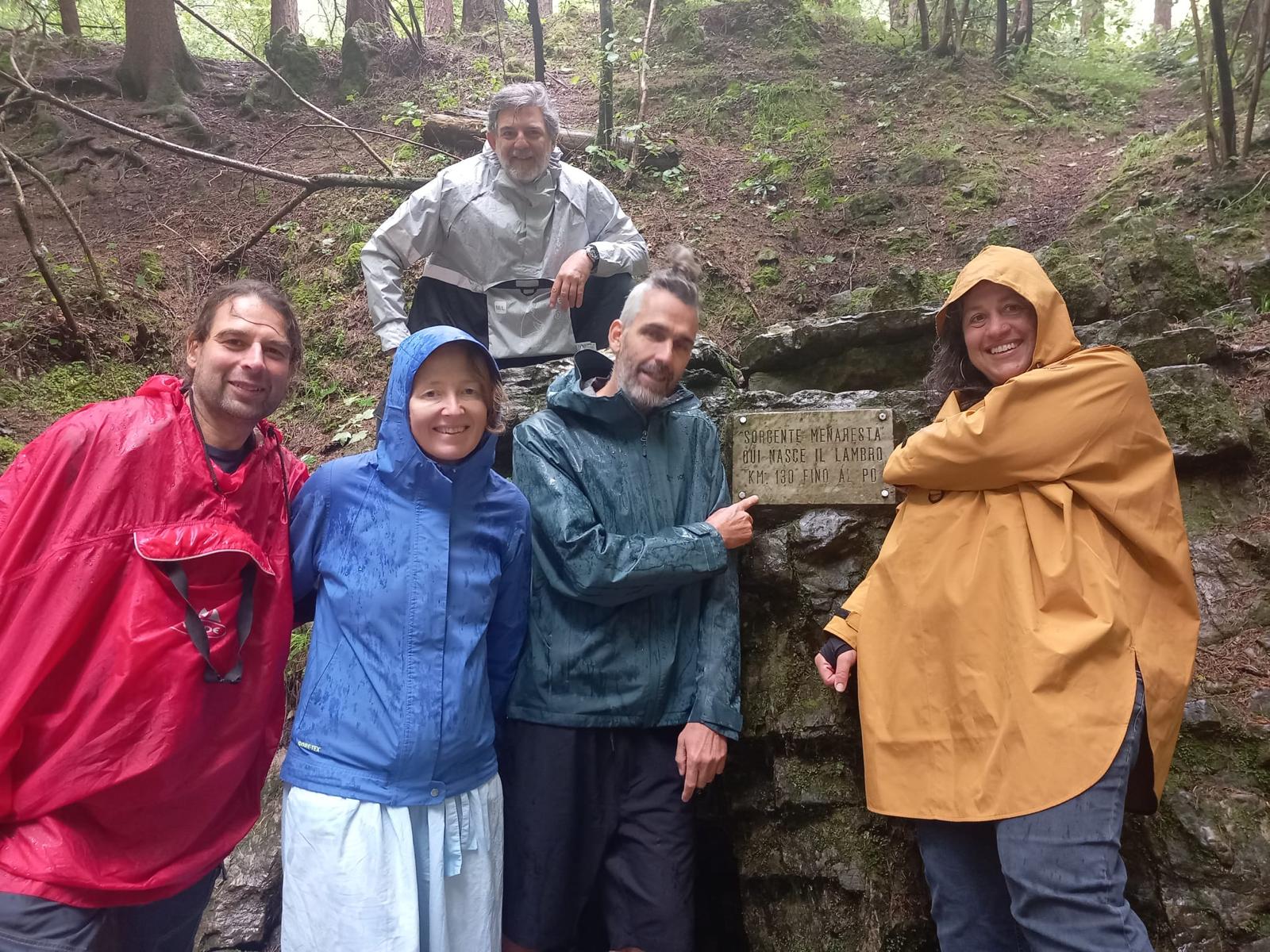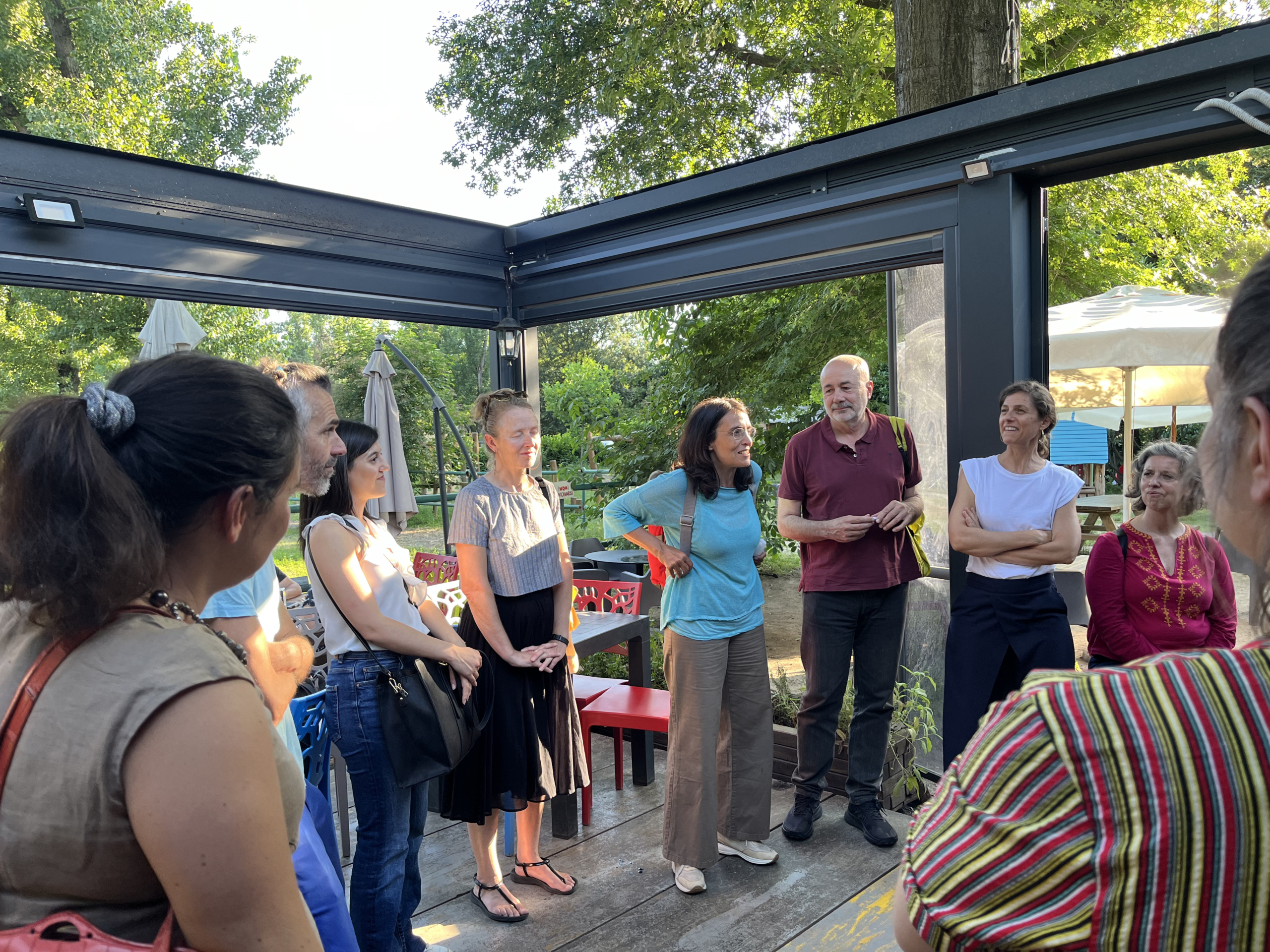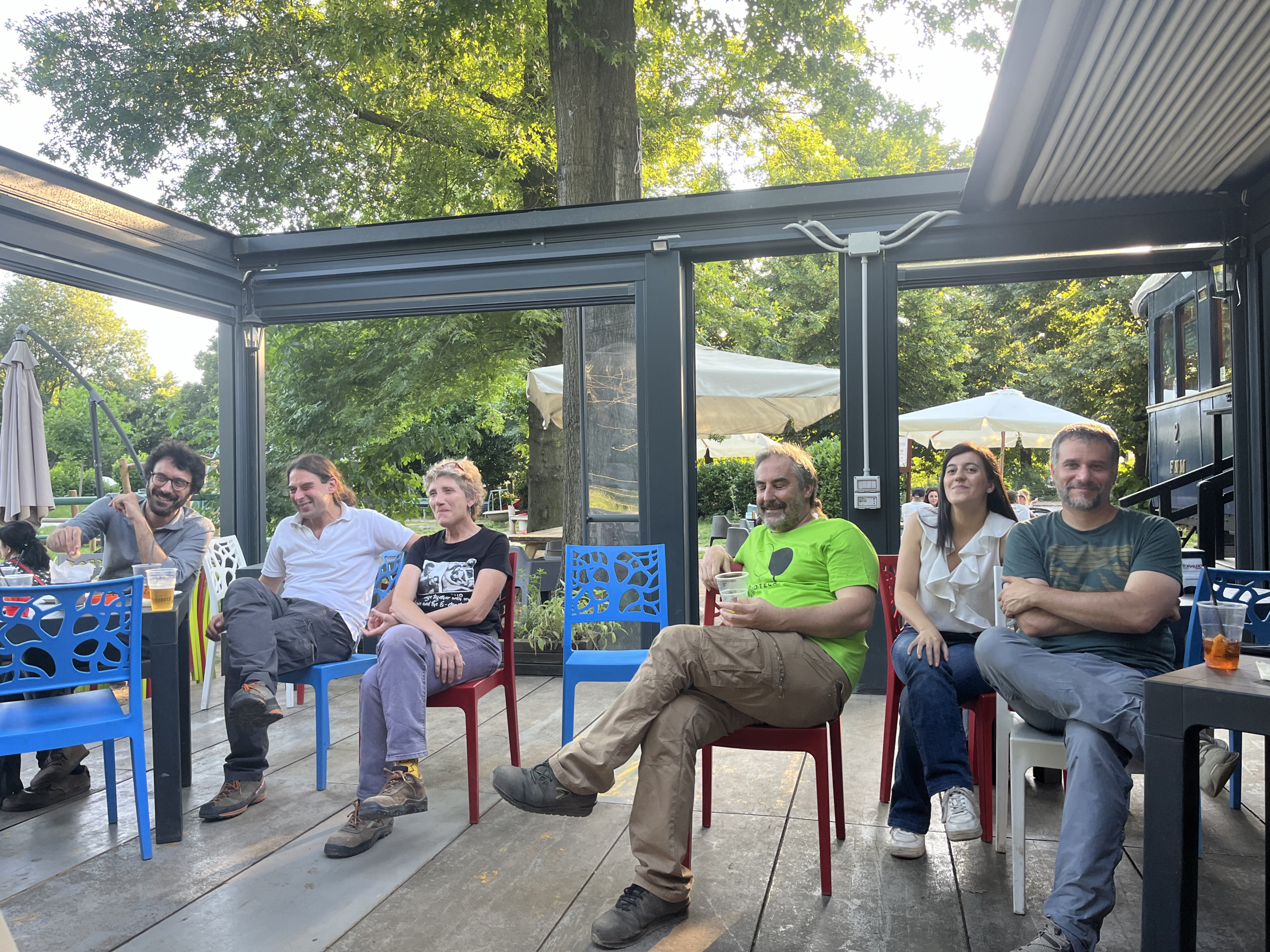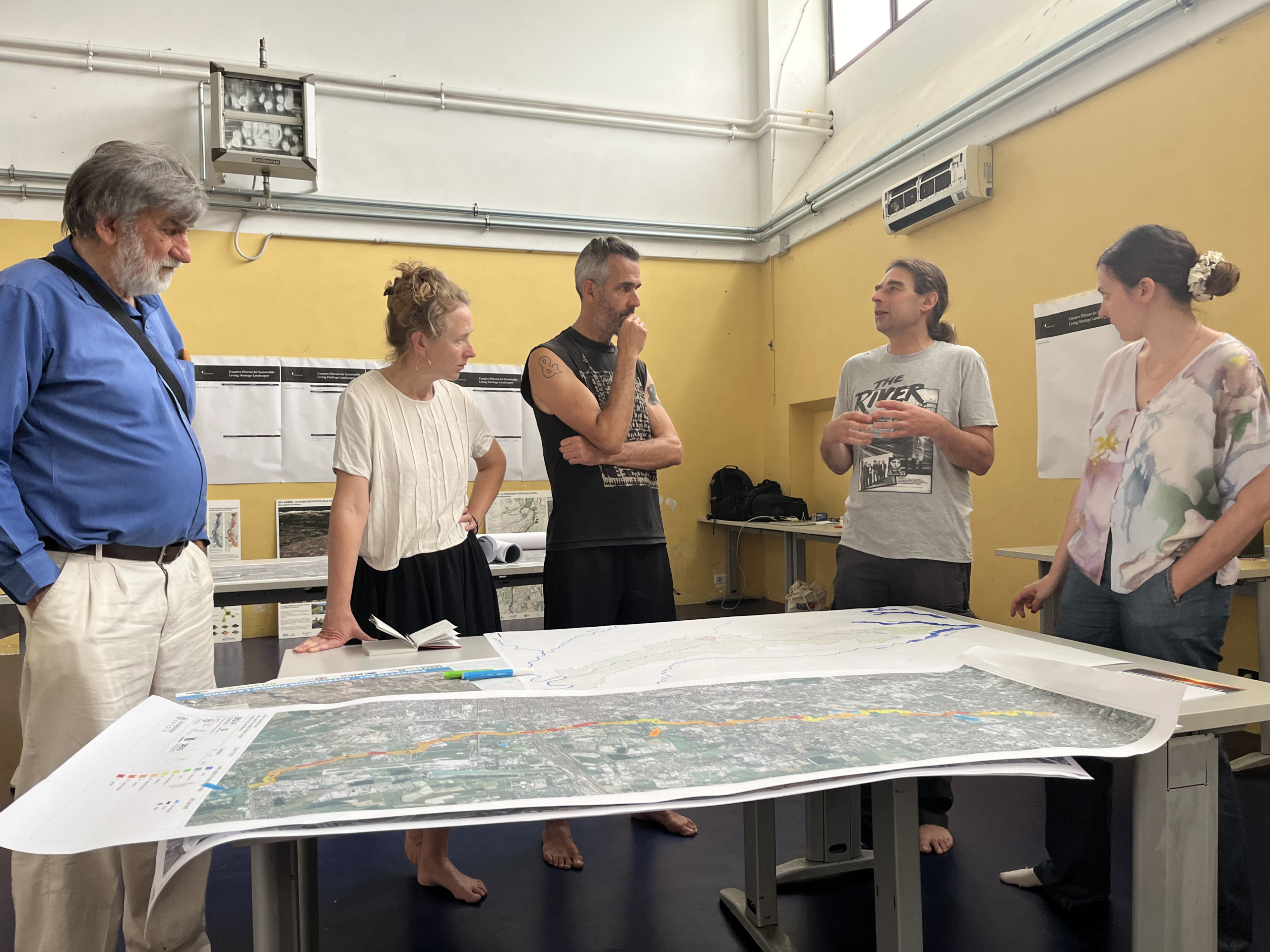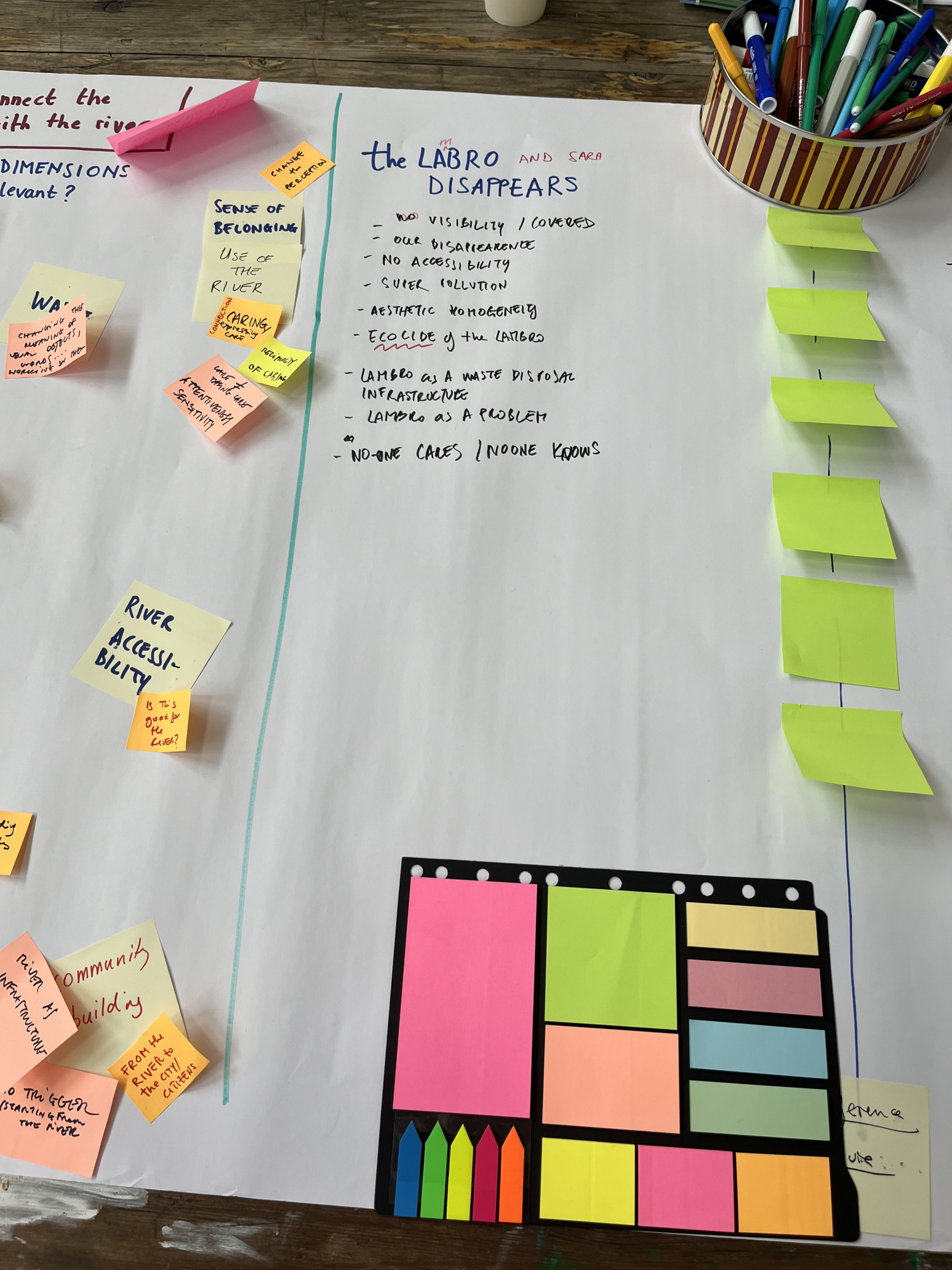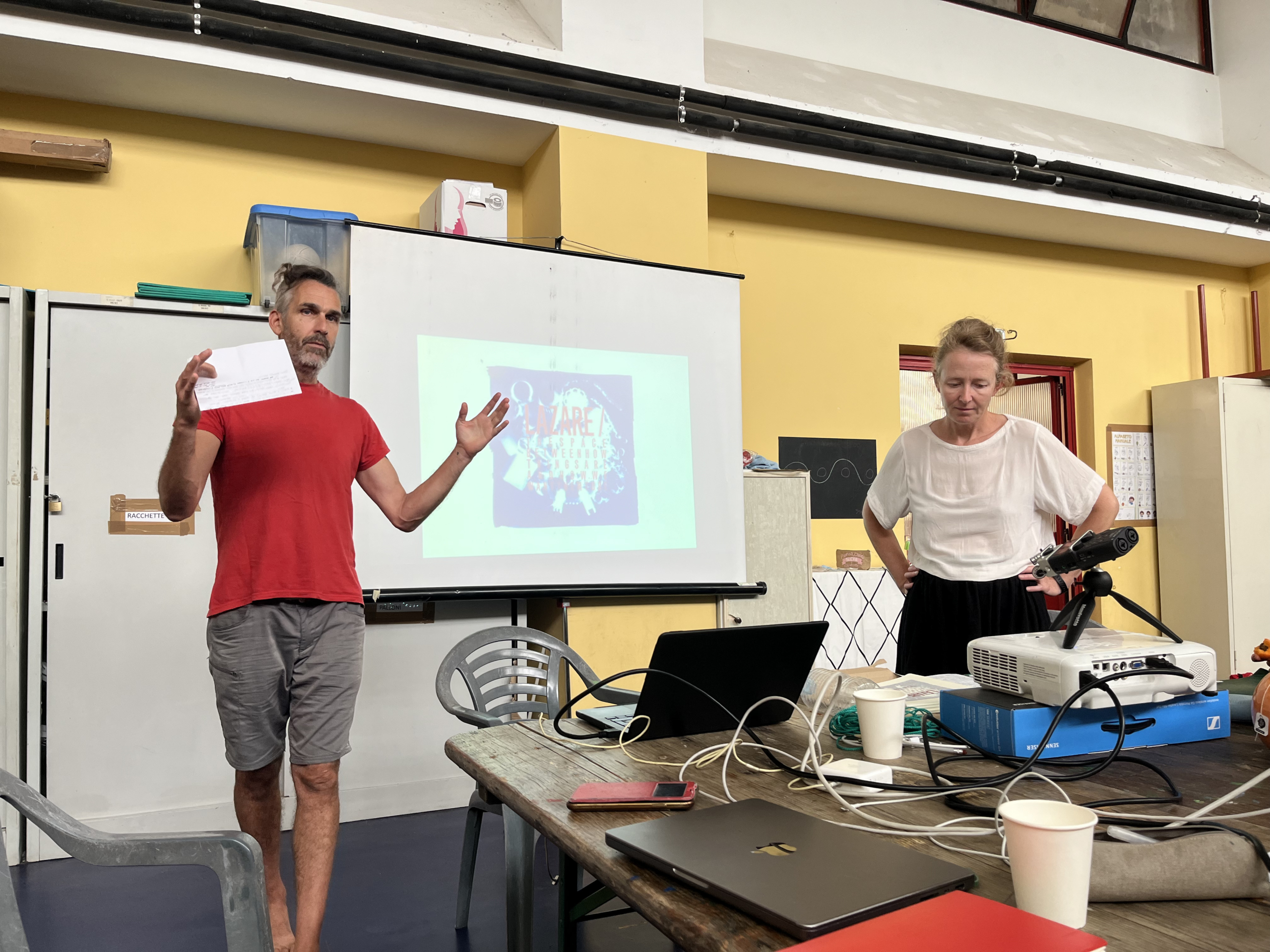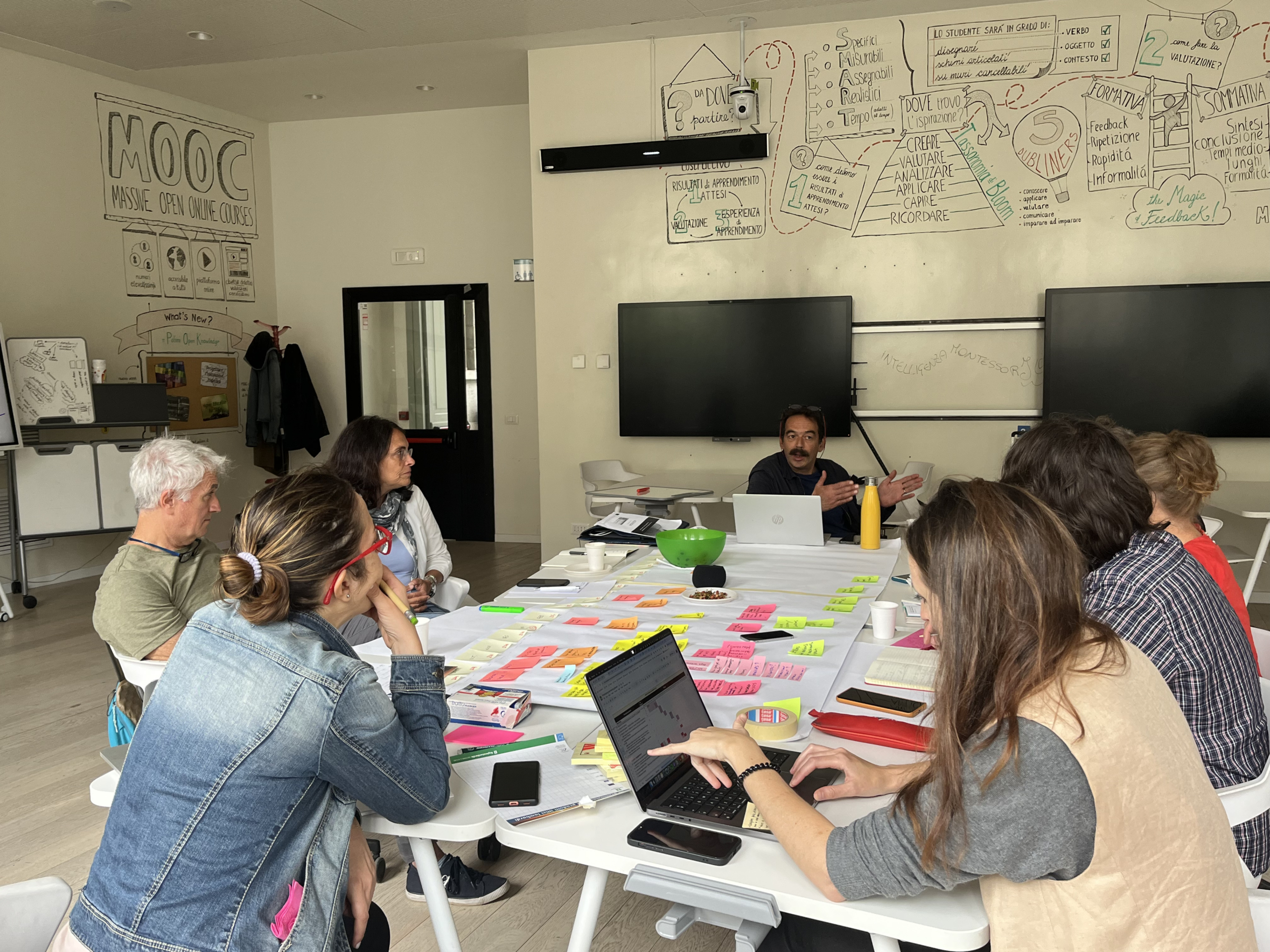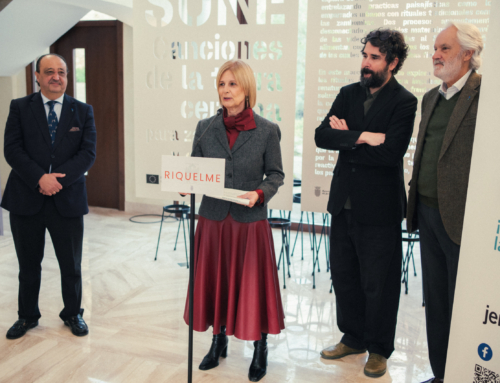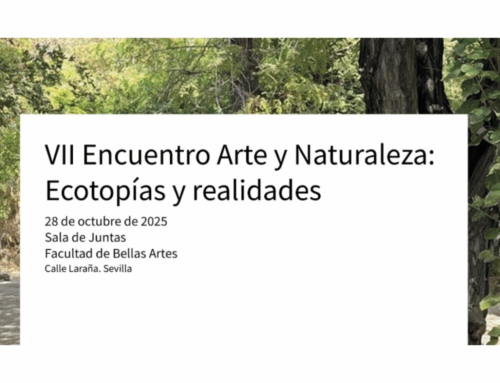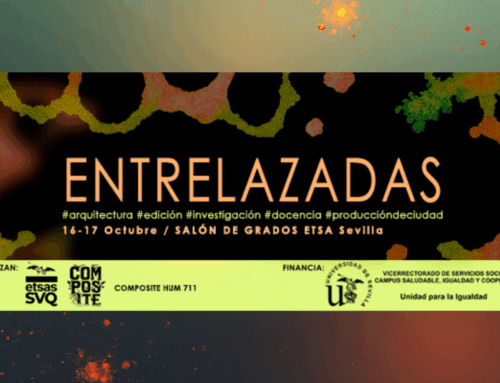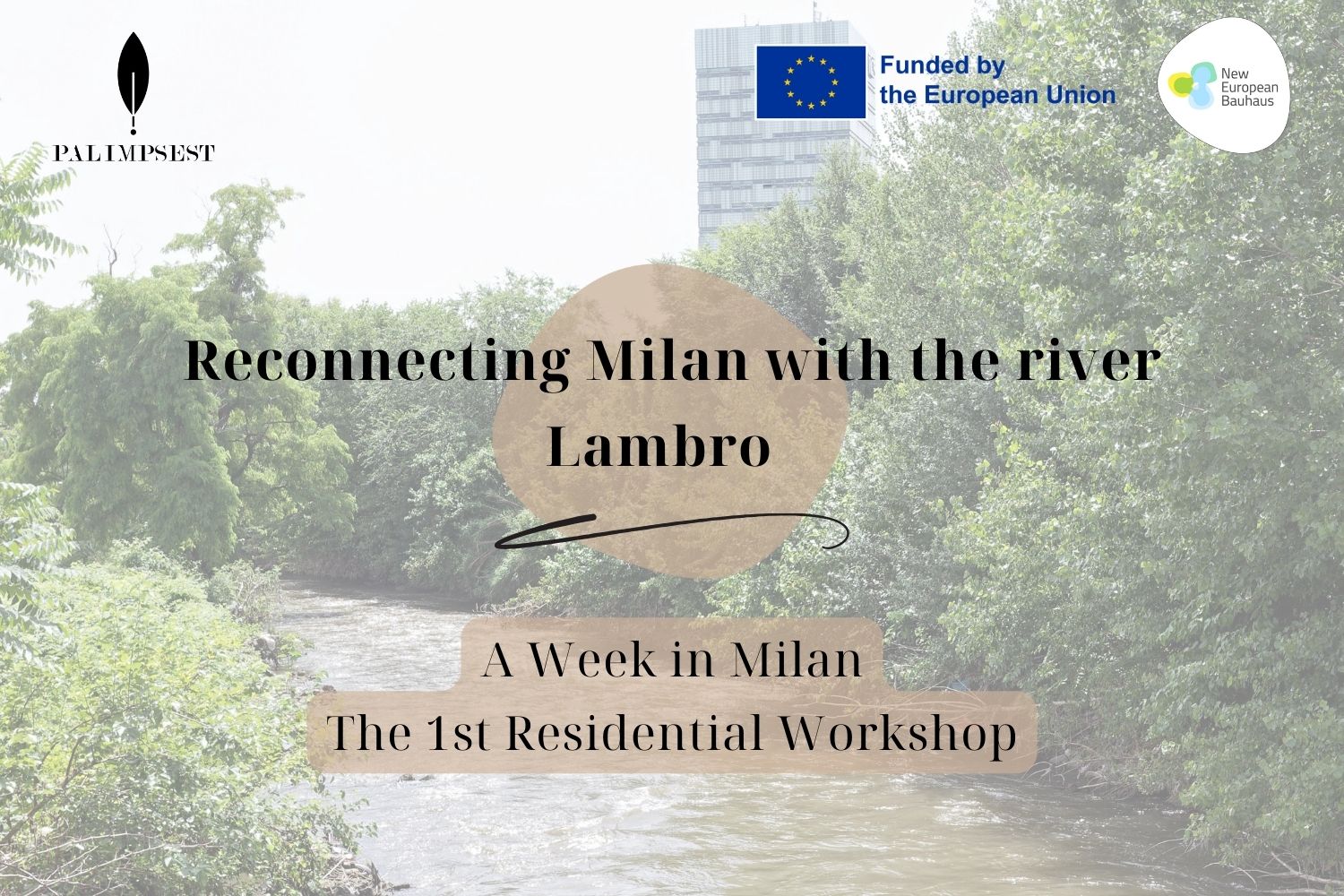
Renowned for its architectural marvels and rich cultural history, Milan is the third Landscape Pilot of the PALIMPSEST project, an initiative aimed at reviving and reimagining urban landscapes through innovative and sustainable approaches. This ambitious project seeks to reconnect Milan with its water heritage, a legacy obscured by decades of urban expansion and economic development.
Rediscovering the river Lambro
Milan’s identity has always been intertwined with its waterways. Historically, the city’s landscape was dominated by the river Lambro as well as a network of canals, including the intricate system described by Leonardo da Vinci. However, with the post-war economic boom and to accommodate new infrastructure, these waterways were gradually covered over, vanishing from the map. This transformation was not without consequences, leading to an important degradation of water quality as well as marginalising the river from public sight and memory. The Lambro, once a vibrant artery of Milan, has become a mere bystander for the city’s inhabitants, its essence nearly forgotten. The PALIMPSEST project aims to change this narrative by addressing these challenges through creativity and innovation.
An artistic proposal: Acqua Lambro
Designed to tackle the environmental challenges facing Milan’s waterways is “Acqua Lambro”, a project by the artistic duo gethan&myles. By engaging local communities and stakeholders, the artists aspire to foster a renewed appreciation for the city’s river. The 1st Residential Workshop, held from June 17 to 24, marked the beginning of this journey.
Day-by-day highlights from the Residential Workshop
Day 1 of the workshop began with a warm welcome at the Cascina Biblioteca, an inspiring green haven on the outskirts of Milan. Artists gethan&myles presented their ‘Acqua Lambro’ project, setting the scene for an inspiring week. The first day also included a ‘Rooting Spritz’ event, which brought participants together to discuss the project’s aims and share insights.
On day 2, participants explored Parco Lambro, delving into its cultural and natural history. Highlights included learning about the Lambro River and meeting experts such as hydrobiologist Giulio Conte and agronomist Antonio Corbari.
On the third day, the group set off by bike to explore the restored areas along the Lambro River, a testament to ERSAF’s restoration efforts. Discussions centred on ecological and aesthetic values, asking how to care for and rehabilitate polluted landscapes.
Friday and Saturday were dedicated to a combination of theoretical discussions and practical activities. Artists and partners engaged in creative prototyping and explored the banks of the Lambro, collecting debris and interacting with locals and wildlife. A visit to Leonardo da Vinci’s ‘Last Supper’ added a historical perspective to the intersection of art and innovation.
Day 6 focused on the practical application of the theories discussed throughout the week. The team took part in a cyanotype workshop led by Gethan, creating artwork on the banks of the Lambro. This hands-on activity encapsulated the concept of prototyping and, more broadly, the project’s ethos of combining creativity with research.
The final day took place at the Politecnico di Milano, which hosted the UN conference, attended by many partners and stakeholders! It was also the occasion to record an audio interview/podcast with the artists for Polimi Radio.
Looking ahead
The PALIMPSEST project in Milan is more than an environmental initiative; it is a call to action to reimagine urban spaces and reconnect with forgotten natural resources. Through workshops, artistic interventions and community engagement, the project aims to restore the vitality of waterways and integrate them back into the fabric of the city.
As Milan reconnects with its water heritage, the PALIMPSEST project stands as a beacon of creativity and innovation, reminding us of the intrinsic value of nature in our urban lives.
Stay tuned for more updates and insights on the PALIMPSEST project!
Published on: July 1, 2024


